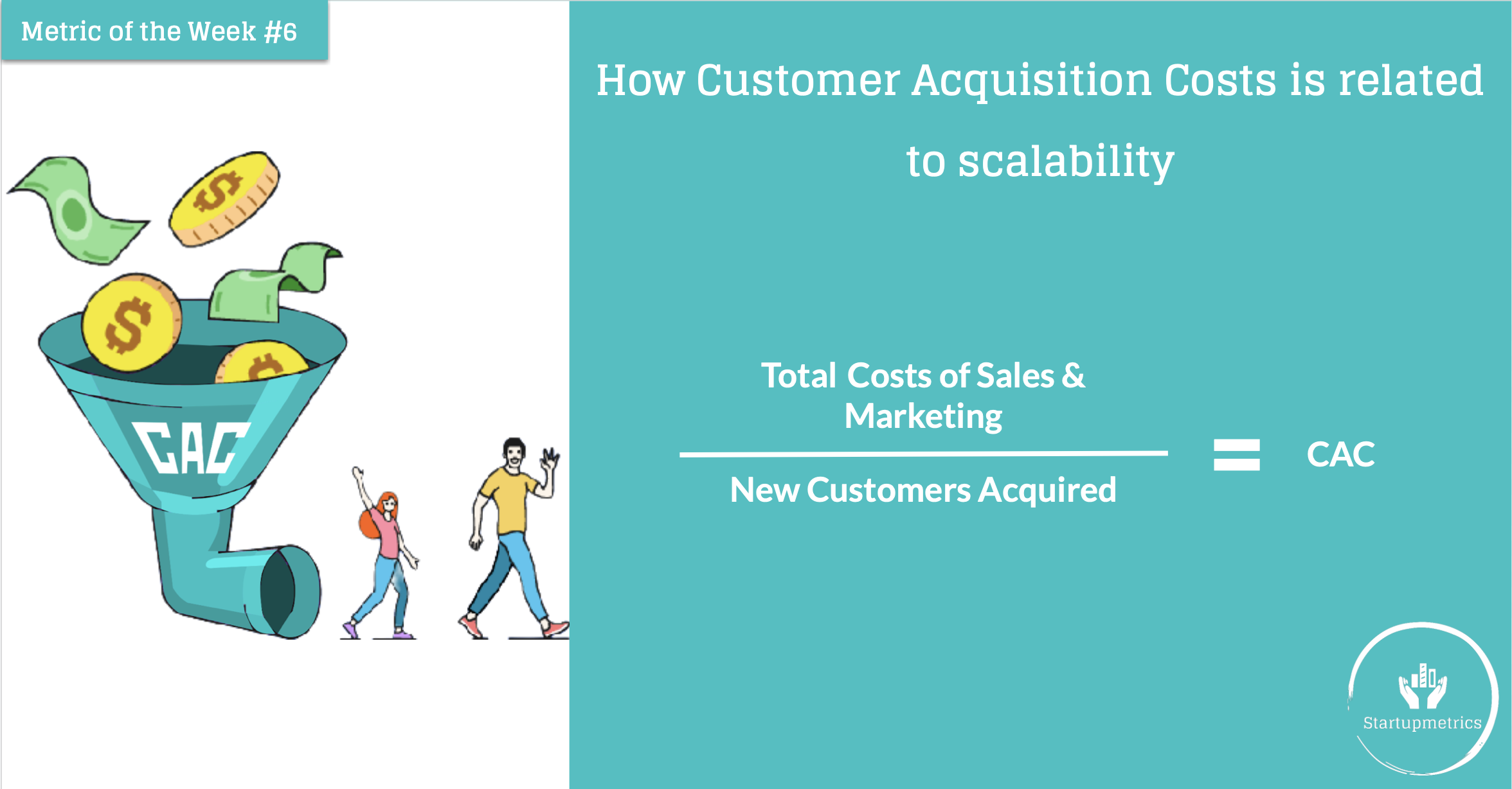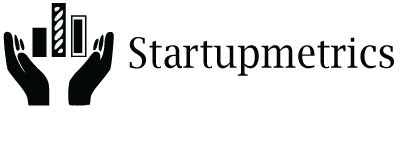How customer acquisition costs relate to scalability
The cost of acquiring a new customer is referred to as customer acquisition cost (CAC), an important metric that demonstrates the scalability of your business to investors and stakeholders.
The formula to calculate your CAC is TCSM / NCA = CAC,
where
CAC refers to customer acquisition cost
TCSM refers to total cost of sales and marketing (e.g. ads, PPC campaigns, SEO, offline advertising, any other marketing and sales costs related to attracting new customers)
NCA refers to new customer acquired
Let’s look at an example to see how the formula works: if you spent $10,000 on marketing & sales and acquired 100 customers, the CAC would be $100. In the above example, the formula would be TCSM ($10,000) / CA (100) = CAC ($100).
The main drivers of your CAC are as follows and should be observed to find optimization potential,
Lead generation : A share of your budget will be spent on lead generation. Assessing the cost of leads helps you to identify the best performing channels.
Qualifying leads : An efficient process considering lead quality and timing optimises the entire sales process resulting in lower CAC.
Engagement with leads : Number and time of interactions and touchpoints will impact your customer acquisition costs.
Conversion rate : A higher conversion rate generally reduces customer acquisition costs as above drivers are reduced on a per client basis.
You can extract relevant information from the above drivers that you can use to optimise your customer acquisition costs. However, CAC alone cannot define your company’s scalability but the ratio of CAC to customer lifetime value (CLV) does. In the next article, we will cover the CLV:CAC ratio.

